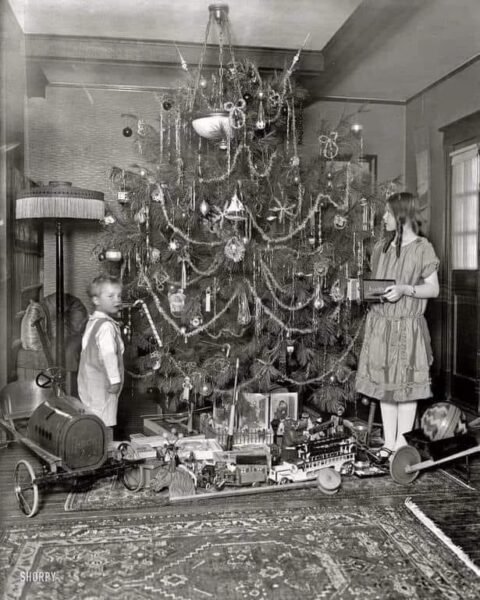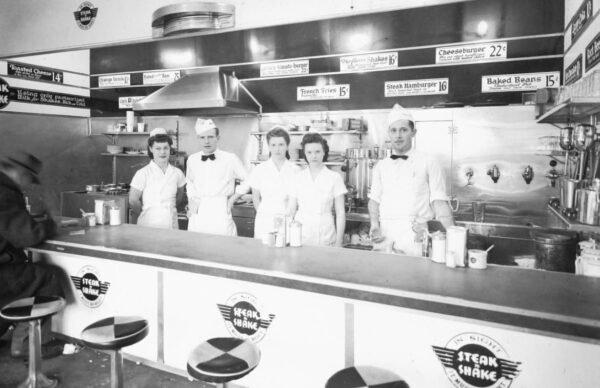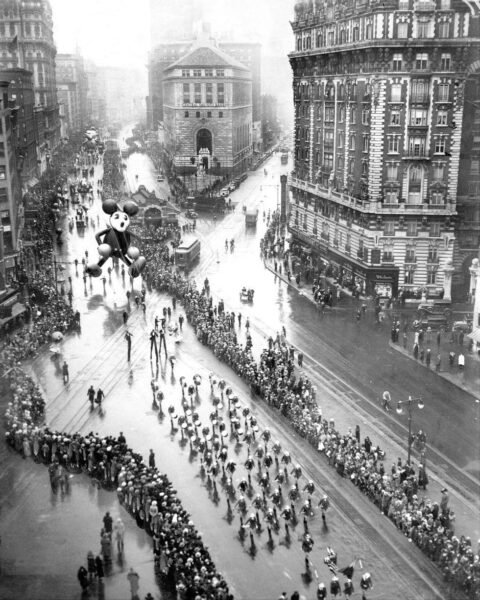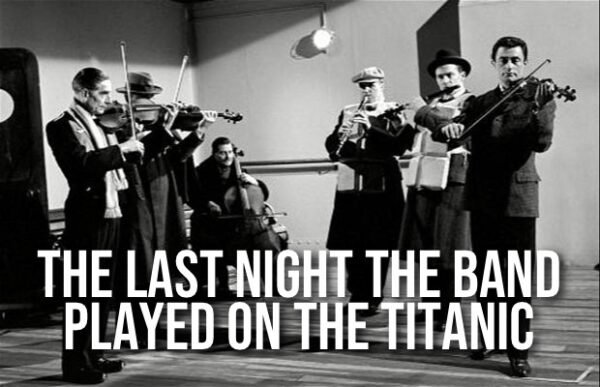
What Was Laundry Day Like in the Early 1900s?
Imagine waking up on a Monday morning in 1905. The sun’s barely up, the kids are already tracking in dirt, and you’ve got a mountain of clothes to clean—by hand. No washer, no dryer, no detergent pods. Just a washtub, a bar of soap, and a long day ahead of you.
Laundry in the early 1900s wasn’t just a chore—it was a full-on workout. It meant hauling buckets of water from a well or pump, building a fire to heat that water, scrubbing each piece of clothing on a washboard, wringing it out by hand or with a crank wringer, then hanging it on the line to dry (and hoping the weather held out).
You didn’t just “throw a load in.” You worked in layers—starting with whites, then moving to colors, then finally the dirtiest work clothes. Every item was washed separately, usually in the same water, unless it was too far gone. If a stain didn’t come out? You lived with it. If buttons popped off or fabric tore, you fixed it—or tossed it.
For rural families, especially in places like the Missouri Ozarks in 1940, laundry wasn’t just “laundry.” It was survival. Clean clothes meant health, order, and pride—and getting them clean took muscle, time, and commitment.

What Tools Did People Use to Wash Clothes?
The gear for laundry in the early 1900s wasn’t fancy, but it got the job done. Most families relied on a basic set of tools that, while simple, were far from easy to use.
Here’s what a typical setup looked like:
- A large metal washtub – sometimes two or three for rinsing
- A washboard – the universal symbol of old-school scrubbing
- Homemade soap or Fels-Naptha bars – tough on stains, rough on hands
- A hand-crank wringer – to squeeze water out of heavy garments
- Clothesline and wooden pins – because drying happened outdoors
- A boiling kettle – used for deep-cleaning whites or diapers
Some families even used wooden paddles to stir clothes in the tub—especially when boiling them in large batches. And if you were really unlucky, you had to crush lye soap from scratch and stir it into your own homemade cleaner. (That stuff could eat your skin raw if you weren’t careful.)
Everything about early laundry tools was manual and repetitive—but they were designed to last. A good washtub could serve generations. And that washboard? It wasn’t just for laundry—some folks used them as makeshift instruments later on!
Want to get a feel for the world surrounding those chores? Take a peek at life in the horse and buggy era—a time when every tool had a purpose, and every task took real effort.

How Long Did Laundry Actually Take?
One word: forever.
Laundry in the early 1900s wasn’t a task you squeezed in before lunch. It was your entire Monday. And for some households, especially large families, laundry day could roll into Tuesday. The process wasn’t just slow—it was intense. Every single step took muscle, heat, and stamina.
Here’s how the day usually played out:
- Morning:
Haul water from the well or pump
Start a fire under the kettle
Shave soap or stir lye mix
Soak whites while the water heats - Midday:
Wash and scrub each garment by hand
Rinse in clean tubs (often more than once)
Run clothes through the wringer (if you had one)
Hang each piece to dry - Afternoon:
Change water for each load—darks, colors, then dirtiest
Spot treat or rewash anything still grimy
Sweep up the mess—wet floors, soap splatter, etc.
If anything dropped in the dirt? Back into the tub it went
By the end of the day, your arms were jelly, your back ached, and your fingers were raw from hot water and soap. And just when you thought you were done? A kid showed up with muddy socks or you remembered someone needed their Sunday best clean for church.
It’s the kind of daily grind you could picture happening in stories like Life in the Missouri Ozarks—where chores weren’t optional, and the work never really stopped.

How Did They Dry Clothes Without Dryers?
Once everything was scrubbed and wrung out (and your shoulders were screaming), it was time to dry the laundry—and no, you didn’t toss it into a dryer and press a button.
Drying laundry in the early 1900s meant heading out back with a basket of heavy, wet clothes and a handful of wooden clothespins. Clotheslines stretched between trees, across porches, or on tall poles planted in the yard. In winter? You dried things inside by the stove… or you just waited longer.
Here’s how folks got it done:
- Outdoor clotheslines – most common, but totally weather-dependent
- Indoor ropes in attics or kitchens – especially in winter
- Barn rafters or porch railings – used if weather turned fast
- Clothes horses (drying racks) – for smaller items indoors
- Fence lines – desperate times called for creative pinning
Rain was a major setback. If a storm rolled in before the clothes dried, you hauled it all back inside and tried again later. Sometimes sheets would freeze stiff on the line, flapping like frozen flags until they thawed and dried.
And let’s be honest—no dryer sheet on Earth beats the smell of sun-dried laundry on a breezy spring day. But that fresh smell came with a price: a full day of effort, planning, and weather-watching.

What Soaps Did They Use and How Were They Made?
Modern detergent aisles wouldn’t make much sense to someone doing laundry in the early 1900s. Back then, most folks either made their own soap or relied on a small handful of trusted bars—no gels, pods, or scent boosters.
Here’s what soap looked like in a 1900s laundry routine:
- Lye soap – homemade, strong, and a little dangerous if not mixed right
- Fels-Naptha bar soap – a popular staple for stain fighting
- Boiled mixtures – some families cooked animal fat with lye to make thick soap bricks
- Starch and bluing agents – added to whiten clothes and stiffen collars
- Borax or washing soda – early boosters, added in for extra “kick”
Making soap was no joke. It meant melting down tallow (rendered fat), mixing in lye water (usually made from wood ash), and stirring carefully—hoping you didn’t burn yourself or make the mixture too strong. A batch could last months, but the process was labor-intensive.
These soaps were tough on dirt—and tougher on skin. Women often scrubbed with raw, cracked fingers after hours of contact with the stuff. You weren’t pampered—you were just clean (and maybe a little burned).
For a deeper connection to the kind of hands-on life folks lived back then, you can picture the soap-making process fitting right into a story like Step Back in Time The Horse and Buggy Era—where every chore, no matter how harsh, was just part of the weekly rhythm.
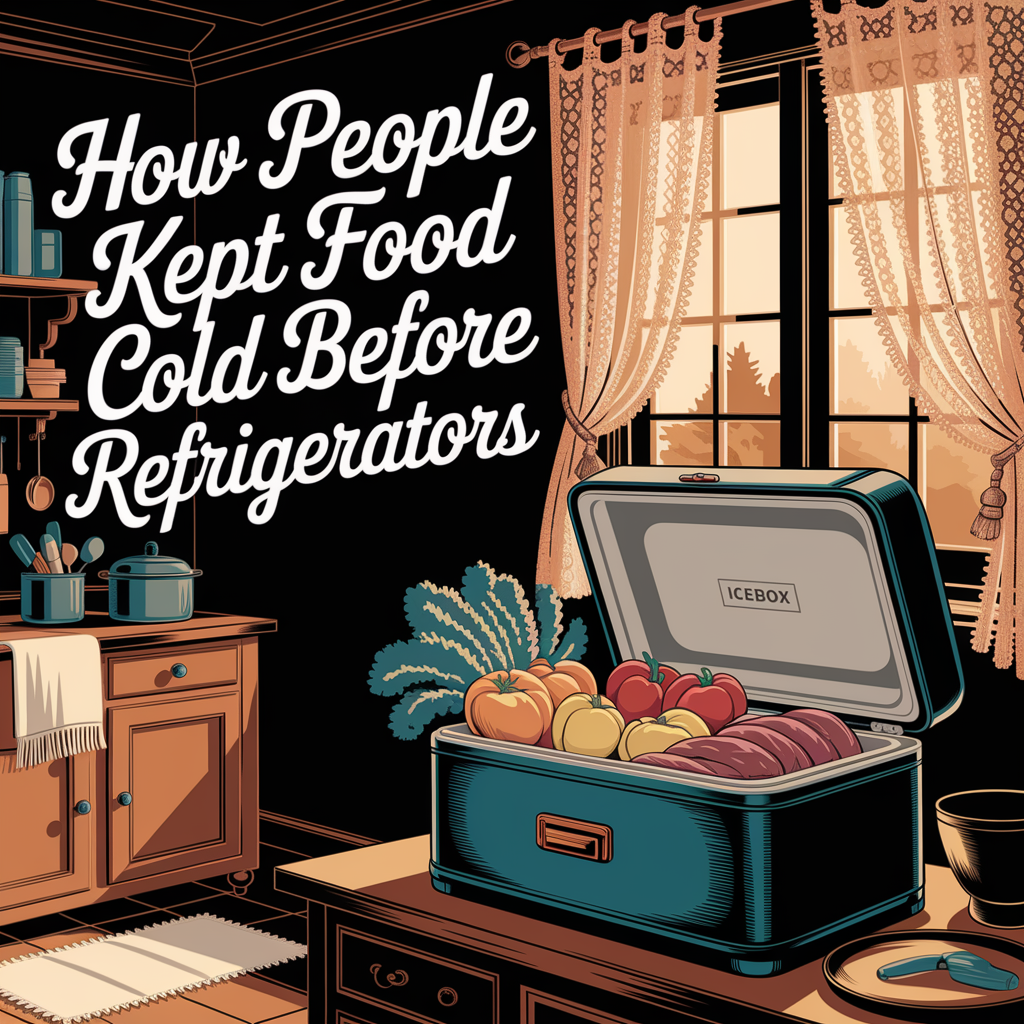
Who Did the Laundry and How Was It Split Up?
Let’s be real—laundry in the early 1900s wasn’t a shared household chore in most homes. It was almost always a woman’s job, passed down from mother to daughter, taught early, and expected often.
In large households, older daughters would help with rinsing, hanging, or ironing. Boys? Not so much—unless there was no choice or the family lived way out on a homestead. If you were wealthy, you might’ve hired help or sent laundry out to be done by someone else, but most folks weren’t so lucky.
Here’s how it usually broke down:
- Mothers handled the scrubbing, boiling, and organizing
- Daughters assisted with wringing, rinsing, or folding
- Children helped haul water or hang lightweight items
- Hired washwomen handled laundry for upper-class families (often paid very little)
- No one complained—because it had to be done
In fact, doing laundry for other families was one of the few ways poor women could earn money. In cities, it wasn’t unusual to see women hauling heavy baskets from house to house, washing clothes in tiny apartments or shared washhouses.
That kind of labor—quiet, grueling, and relentless—is the backbone of so many American stories. You see it reflected in older snapshots of daily life, like Women in the Lower East Side 1886—where home and hard work were impossible to separate.
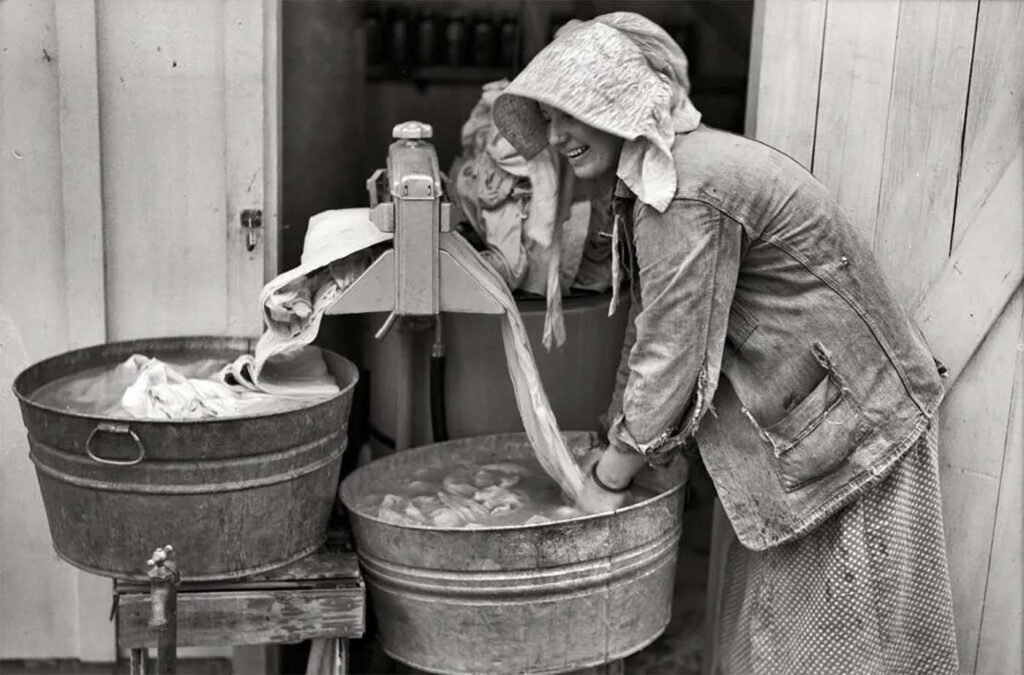
What Problems Came With Laundry Day?
Let’s not sugarcoat it—laundry in the early 1900s was rough. It was physical, repetitive, and unforgiving. It tore up your hands, stole your time, and if the weather didn’t cooperate, ruined all your work in one gust of wind.
Here’s what women were up against:
- Hot water burns—boiling tubs weren’t exactly OSHA approved
- Back and shoulder pain—from constant bending, scrubbing, and lifting
- Freezing winters—when wet clothes froze stiff before they could dry
- Cracked skin and rashes—from harsh soaps and cold water
- Clothes ruined in a single wash—especially delicate fabrics or anything colored
And let’s not forget—if a storm rolled in and soaked the fresh-dried laundry? You started over. No dryers. No do-overs. Just more work.
It was also dangerous. Wringer injuries were real—fingers caught between rollers left women bruised, bleeding, or worse. Yet they kept going, week after week, because they had no other option.
When you read stories like Frozen in Time on the Mississippi River in 1905, you get a taste of just how brutal the elements could be. Laundry wasn’t just a task—it was a battle against time, weather, and wear.
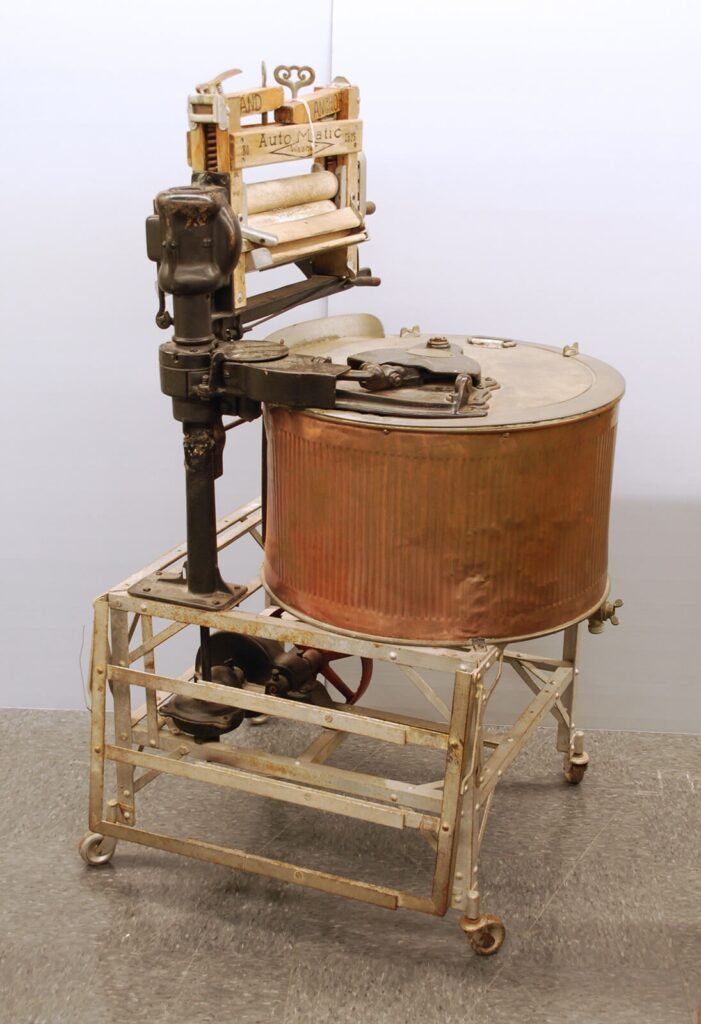
How Did the First Washing Machines Change Things?
By the 1920s and 1930s, early washing machines started showing up in homes—but not everyone had one. For families without electricity, they were still using tubs and washboards while others were cranking the handle on a manual agitator or watching an electric motor do the work for the first time.
The first machines were basic, clunky, and noisy—but to the people doing laundry in the early 1900s, they felt like magic.
What changed:
- Less physical labor—agitation helped with heavy dirt
- Time savings—cut laundry day down by hours
- Cleaner clothes—more consistent results
- Hope for the future—that the hardest household chore might finally get easier
Still, not everyone trusted them. Some believed machines were “too rough” or “wasteful.” Others simply couldn’t afford one. So for many, traditional hand-washing stuck around for years—even into the 1950s in some rural areas.
Eventually, the automatic washer arrived. And just like that, a brutal Monday tradition that had lasted generations… started to fade.
And yet, there’s something grounding about remembering how people once washed every single piece of clothing by hand—with strength, strategy, and very little complaint.
As an Amazon Associate we earn from qualifying purchases through some links in our articles.

